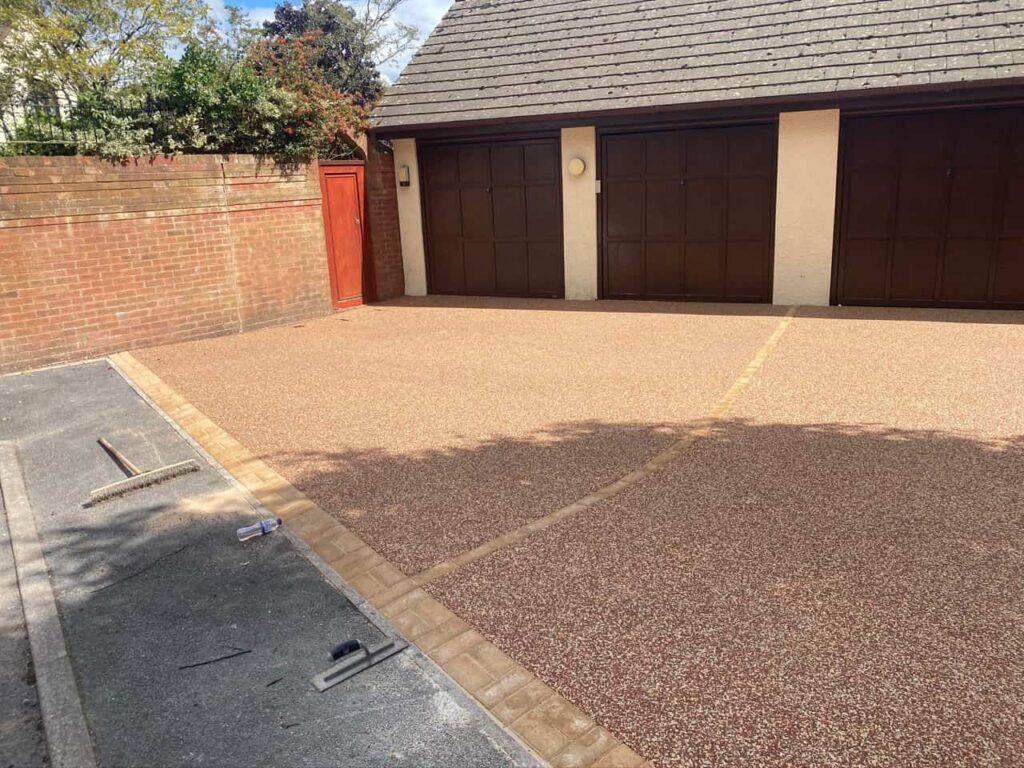The Science Behind Tar & Chip: How It Works
Introduction: When it comes to rejuvenating driveways and road surfaces, Tar & Chip Resurfacing is a versatile and cost-effective choice. But have you ever wondered about the science behind this process and how it works? In this blog post, we’ll delve into the intricate details of Tar & Chip Resurfacing, explaining the scientific principles behind its effectiveness and durability.
Understanding the Basics
Before we get into the science, let’s start with a basic overview of Tar & Chip Resurfacing. This method involves applying layers of hot liquid asphalt (tar) and a layer of small stone chips to an existing surface. The chips are then compacted into the tar to create a durable, textured, and skid-resistant surface. Now, let’s explore the science behind this process.
- Adhesion and Cohesion
The success of Tar & Chip Resurfacing relies heavily on the principles of adhesion and cohesion. Adhesion is the attraction between two different substances, in this case, the hot liquid asphalt and the stone chips. The asphalt’s sticky properties allow it to bond with the chips effectively.
Cohesion refers to the attraction between particles of the same substance. The asphalt has a high degree of cohesion, which means it sticks to itself, forming a cohesive layer. This cohesion is essential for the overall stability and durability of the Tar & Chip surface.
- Compatibility
Once the stone chips are applied to the hot liquid asphalt, they must be compacted to ensure a tight bond. Compaction is a critical step in the Tar & Chip process, as it reduces voids between the chips and allows for proper adhesion between the chips and the asphalt.
- Texture and Skid Resistance
The texture of a Tar & Chip surface directly results from the stone chips being embedded into the asphalt. The texture provides excellent skid resistance, making it safer for vehicles, especially in wet conditions. The rough texture and the angular shape of the stone chips create a gripping surface, reducing the risk of accidents due to slippery roads.
- Thermal Expansion and Contraction
The materials used in Tar & Chip Resurfacing, asphalt and stone, have different coefficients of thermal expansion and contraction. This means they expand and contract at different rates in response to temperature changes. This characteristic is advantageous because it helps the Tar & Chip surface withstand the stresses caused by temperature fluctuations without cracking or deteriorating.
- Longevity and Durability
The combination of adhesion, cohesion, compaction, texture, and the ability to withstand temperature fluctuations makes Tar & Chip Resurfacing highly durable. It can withstand heavy traffic, harsh weather conditions, and the test of time, often outlasting traditional asphalt surfaces.
Conclusion: Tar & Chip Resurfacing is a scientifically sound and efficient for rejuvenating and reinforcing road surfaces. Its success is rooted in principles like adhesion, cohesion, compatibility, texture, and the ability to withstand temperature fluctuations. When properly applied by experienced professionals, Tar & Chip surfaces can provide long-lasting and skid-resistant solutions for driveways, roads, and more.
Call us on: 01892 362 995
Click here to find out more about Paddock Wood Driveways
Click here to complete our contact form and see how we can help with your driveway needs.

